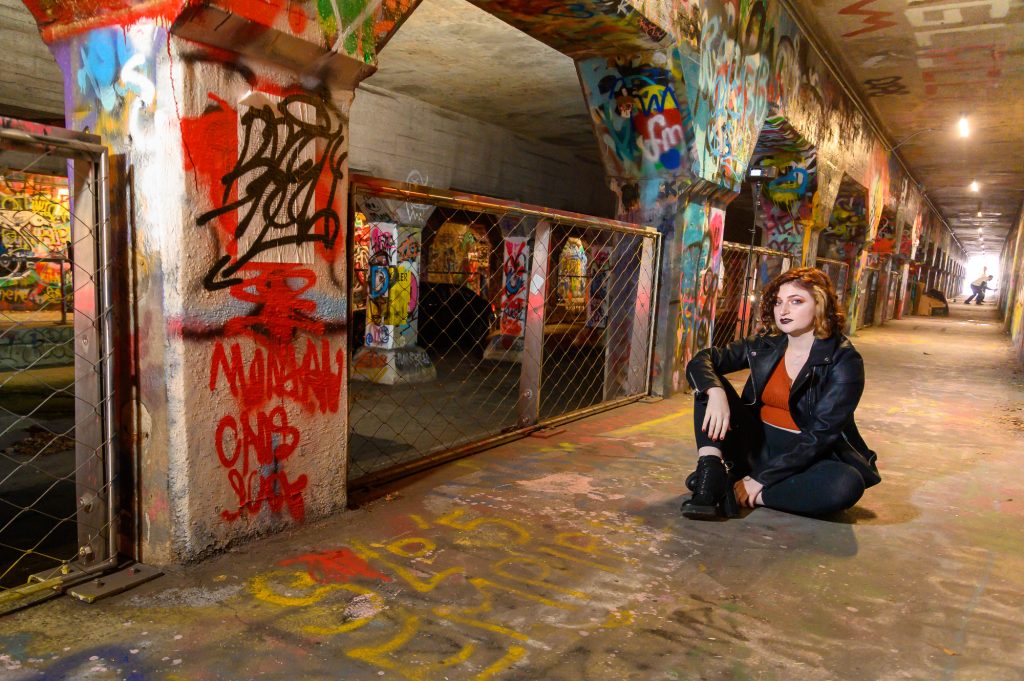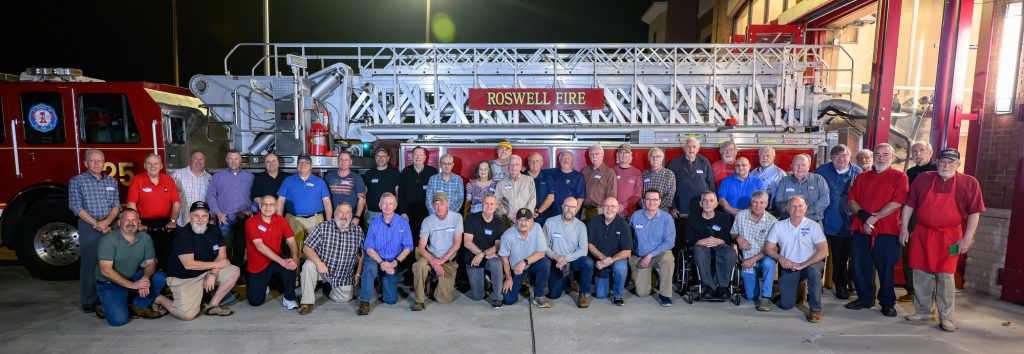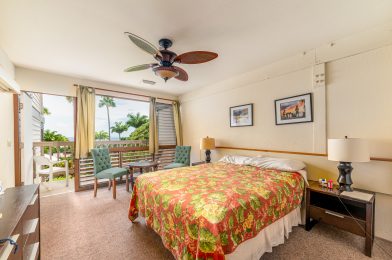[NIKON Z 6, 14.0 mm f/2.8, Mode = Manual, ISO 400, 1/500, ƒ/7.1, (35mm = 14)]
As a professional photographer and storyteller, I constantly push the boundaries of my gear to achieve the best possible results. The Nikon Z9, my camera of choice, has shattered many long-held beliefs about ISO settings and noise. The notion that you must always shoot at the lowest ISO for the best low-noise images is outdated. Here’s why embracing higher ISO settings can transform your photography, especially when combined with flash.
High ISO, Low Noise: A New Reality
With the Nikon Z9, I can comfortably shoot at ISO 5000 and even higher in certain situations, delivering images with acceptable noise levels. This is a game-changer. When viewed as the public typically sees them—on a phone screen filling the frame rather than zoomed in at 200%—the noise is barely noticeable, if at all. This capability allows for greater flexibility in various shooting conditions.

Flash Photography and ISO: A Perfect Pair
Combining the Z9 with flash photography, I often start my ISO around 400. Here’s why:
- Efficient Flash Use: At ISO 400, my flashes don’t need to output as much light as they do at ISO 100. This results in faster recycle times and extends the battery life of battery-powered lights, reducing the worry of running out of power during a shoot.
- Lighting Large Spaces: Sometimes, I need to light a large room and might only have my Godox V860IIN instead of the more powerful Flashpoint XPlor 600 HSS TTL. Increasing the ISO allows me to light a larger area effectively.
- Battery Longevity: Higher ISO settings like ISO 400 with my Flashpoint XPlor 600 HSS TTL ensure longer battery life. This is particularly useful for extended shoots, such as real estate interiors, where I need consistent lighting throughout.

[NIKON Z 9, NIKKOR Z 14-30mm f/4 S, Mode = Aperture Priority, ISO 6400, 1/100, ƒ/5, (35mm = 20)]
Practical Tips for Testing ISO and Flash
To see the benefits for yourself, try this simple exercise:
- Set up a scene with your Nikon Z9 on a tripod to eliminate the camera shake.
- Shoot the same scene at different ISOs, keeping the aperture constant, and observe at normal viewing distances when noise becomes noticeable.
- Repeat the exercise using a flash. You’ll likely find you can push the ISO even higher without significant noise issues.

Dispelling Old Myths
Forget the advice from old photography books that insist on shooting at the lowest ISO. Those guidelines were relevant in the film days and early digital era. In 2024, with advanced cameras like the Nikon Z9, you can comfortably shoot at higher ISOs. I’ve found that noise only becomes a concern around ISO 6400, and even then, tools like DXO Pure Raw 4 can effectively reduce it.
High ISO in Action: Sports Photography
When shooting sports, I often use manual settings with a fast shutter speed (1/2000 or 1/4000) and a wide-open lens, relying on Auto ISO. This approach ensures I capture the action with minimal blur. If noise appears at high ISOs like 25600, noise reduction software cleans up the image.
Conclusion: Redefining ISO for Modern Photography
The Nikon Z9 empowers photographers to break free from the constraints of low ISO settings. By embracing higher ISOs, especially when paired with flash, you can achieve better lighting efficiency, extended battery life, and faster recycle times. Don’t let outdated advice hold you back—explore the possibilities of higher ISOs and discover a new realm of creative potential.
Happy shooting!
Stanley Leary Storyteller & Brand Builder


